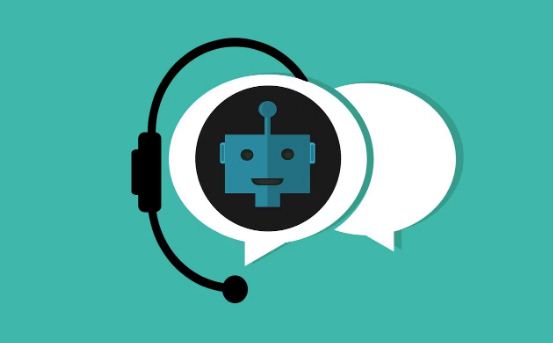An AI hallucination occurs when a generative AI model generates information for a prompt that is either incorrect or nonexistent in the real world. These hallucinations can range from providing inaccurate statistics or data to creating fictitious scenarios or events. As AI continues to advance, such hallucinations have become alarmingly common and pose significant challenges in a variety of fields. It is right time to know about AI Hallucination.
If we consider a scenario where an individual queries an AI about the number of tulips in the world, a hallucination could occur if the AI responds with an arbitrary statement such as, “There are three tulips for every living person in the world.” This statistic is entirely inaccurate, as no credible source has ever produced or researched it. The AI generated this information independently, without any basis in reality.
These hallucinations extend beyond mere statistical inaccuracies. Chatbots, for instance, can fabricate false court cases that result in serious consequences for lawyers. By citing incorrect medical research or studies, AI can even mislead professionals in the medical field, hampering their ability to provide accurate diagnoses and treatments.
While hallucinations can also manifest in image-based AI models, they primarily feature in conversational AI. For instance, image-based AI may exhibit a lack of understanding when it comes to the mechanics of human hands or mistakenly identify a tiger as a house cat in a prompt. Nonetheless, hallucinations associated with conversational AI are more prevalent and impactful.
AI hallucinations represent a notable concern in the field of artificial intelligence. These hallucinations occur when generative AI models provide incorrect or nonexistent information for a given prompt. Whether in the form of fabricated statistics, fake court cases, or misleading medical research, the implications can be wide-ranging and detrimental. As AI technology continues to evolve, addressing and mitigating these hallucinations becomes imperative to ensure the reliability and credibility of AI systems.

